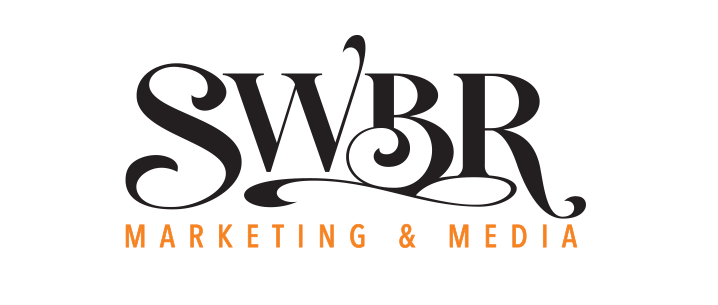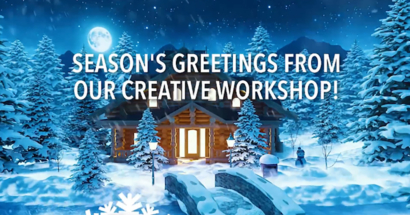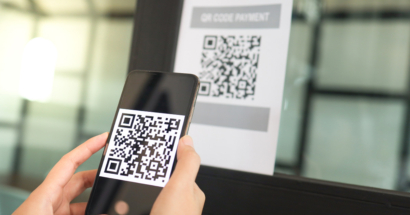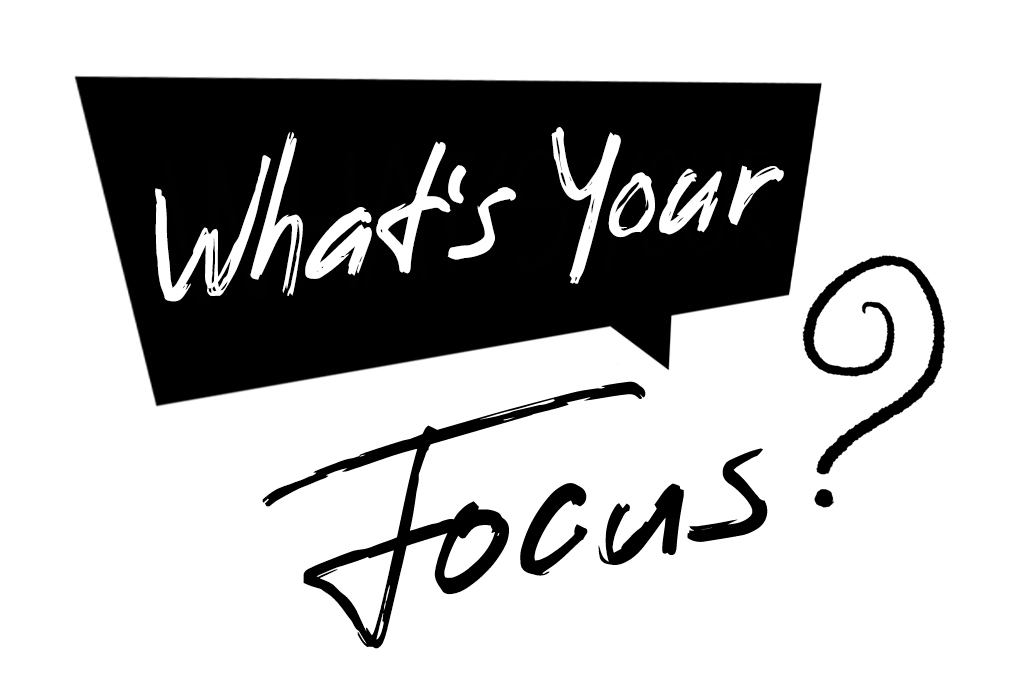Digital sales funnels can do tenfold the work of traditional sales funnels by tracking customers through the stages in your funnel or customer journey. With this collected data you are able to optimize your approach and whittle down leads into honest to goodness paying customers.
If you’re working off a more traditional cone-shaped sales funnel it is likely built around five stages: Attention, Interest, Conviction, Desire and Action. Or maybe your funnel’s stages are labeled as: Lead, Prospect, Qualified Prospect, Committed and Transacted. The premise of these traditional models remain a solid foundation, but with a few digital tweaks under the hood you can kick your sales funnel into overdrive.
Today’s digital funnels are more of an infinite loop than simple tracking prospects from start to finish. Now you have to be quick and nimble to keep up with your prospects. You need to set up a strong call-to-action (C2A) on your ads, educate your customers via your website and then set the right triggers to re-engage prospects via remarketing until they convert into customers.
A properly built digital sales funnel is no longer a one-size-fits-all solution. It has to be flexible to meet the needs of your diverse customer base. Based on trackable actions and engagement on your website, you can (and should) digitally segment prospects and place them into different buckets – or different sales funnels. That’s right, each dedicated audience should have its own funnel. But whether you have one or dozens of sales funnels, each funnel should be well thought out and planned to effectively engage prospects throughout the customer journey.
So how do you get started in rethinking your sales funnel or funnels? Below are five tips on how to build a more effective digital sales funnel that fits your business.
1.) Make your website the heart of your funnel
Your website isn’t the first step in your sales funnel, but it’s the most important part. Once you get prospects to your site, it’s critical that they can easily find and complete the action steps needed to keep them moving toward a conversion.
This means directing people to the right landing page for a smooth user experience. Prospects expect to find the right answers to their questions after clicking through to your site via a paid display ad or search ad. This could mean several landing pages for different audiences, or simply a more efficient way to help prospects find the information they need through an intuitive navigation structure.
For one of our clients, bearings manufacturer Daido Metal, we built a website to serve a diverse customer base as they produce bearings for a wide range of applications. For example, while one customer is interested in marine engine bearings, another customer could need bearings for heavy-duty agricultural engines, and a third customer might need bearings for a bicycle.
To create a quality user experience, we designed the structure of the site so engineers could self identify what product they were looking for with content sortable by products, markets and applications. This allowed engineers in different industries to locate the right bearings for vastly different applications.
Once you make a strong first impression by providing the right information they need, these prospects are more apt to trust your brand and they’ll continue to interact with your company. This makes them more likely to fill out contact forms, sign up for newsletters, complete e-commerce transactions or request free quotes/estimates.
2.) Select the right channels that fit your sales plan
It’s paramount to know what channels fit your audience, as well as how these channels will deliver prospects into each step in your funnel. To maximize results, you have to understand how to leverage each channel.
The digital funnel framework we apply at SWBR has six stages: Brand Awareness, Targeted Branding, Primary Engagement, Lead Generation, Remarketing and Completed Conversions.
So for example, generally we know that programmatic display ads, public relations and content campaigns, and organic social media are all channels that drive brand awareness and fill the top of the funnel. When prospects are better vetted, or better yet opted in, targeted branding can be served up through industry e-newsletters, email marketing or via LinkedIn.
Search campaigns – via search engines or through YouTube – are primary engagement channels that connect with prospects in-market that are actively looking for your product or service. Lead generation typically happens when someone visits your website and engages with your content.
Every channel not only reaches a different audience, but drops them into the sales funnel at different points. Being dialed in on how this fits your funnel will help you streamline your communications with prospects.
3.) Think of remarketing as an ongoing conversation
Digital sales funnels are not linear, pushing a prospect from start to finish. Your funnel should be more of an evergreen approach or be designed as an infinite loop, as you’ll likely have to push prospects through the funnel multiple times until they convert.
It usually takes prospects several visits to your website to research your brand before making a purchase or converting against your goal. This naturally means you’ll run remarketing campaigns to re-engage prospects while they surf the web or peruse their social newsfeeds.
The key is to be smart in how you remarket your prospects. Don’t just deliver the same remarketing ad to everyone. In the case of bearings manufacturer Daido Metal discussed above, you don’t want to just send all prospects the same generic ad content. If you know a prospect was interested in bearings for a marine engine, then build your remarketing trigger off of that interest and remarket them with an ad specific to marine engines. This is more than remarketing, it is extending a conversation with the customer in an automated manner that feels authentic. This approach will keep prospects engaged with your brand and will make them more likely to become customers.
4.) Build unique sales funnels for each audience
Ideally, each customer category or industry you serve will have a slightly different funnel designed to guide prospects toward a purchasing decision.
Based on actions or triggers on your website, you can start to place prospects into different buckets and serve up appropriate information to them based on their interests. This is kinda like remarketing, but can be accomplished through marketing automation. Setting up unique workflows for each target group allows you to deliver the right email marketing campaigns to each audience to remain engaged with them.
You might have customers defined as new customers, preferred customers, new prospects and cold prospects. If this is the case, you’d want to set up separate funnels to engage with each group. We had great success working with BuildClean, producers of an air filtration system for remodeling contractors, to help increase sales. This process allowed us to continue to engage prospects with one message while delivering a different series of messages to retain and upsell existing customers. As a result, sales increased dramatically from their existing customers.
Your existing customer base is the lifeblood of your business. They know your product best, so give them extra attention by placing them in their own unique sales funnel or workflow. This is a perfect example of once the prospect converts to a customer, the work is just beginning to build the relationship.
5.) Empower your sales team to close the loop
The best marketing strategy and digital funnels in the world mean nothing if you’re not closing the loop on all leads. This means you need to ensure that all leads generated through your sales funnel are being properly recorded in your CRM, whether you use Salesforce, HubSpot, SharpSpring or any number of other platforms.
This allows your sales team to be aggressive in not only following up with prospects, but it is key for them to be following up with prospects at the right stages within the sales funnel. Your marketing efforts need to work in concert with your sales team for maximum success.
Contact SWBR to see how we can help your business thrive by building better sales funnels.

















